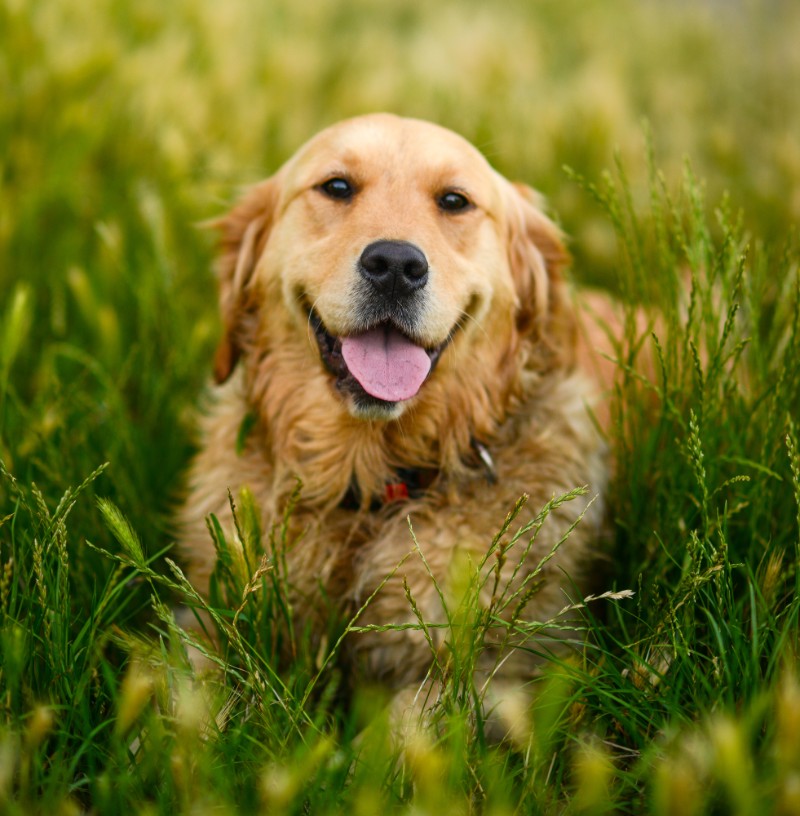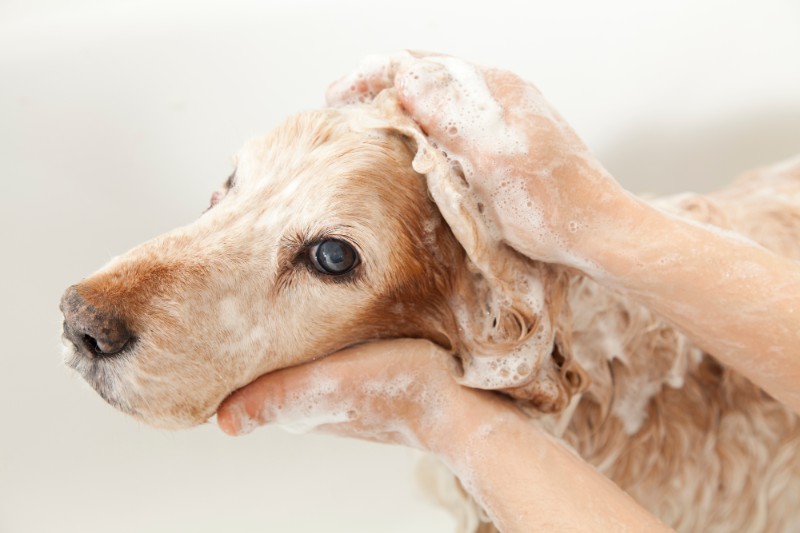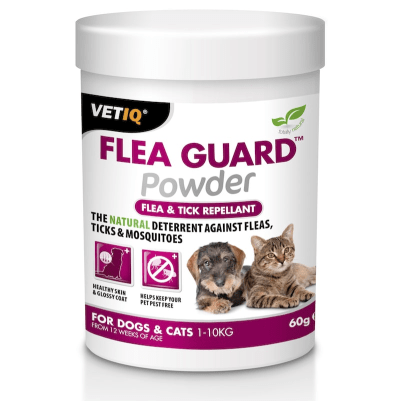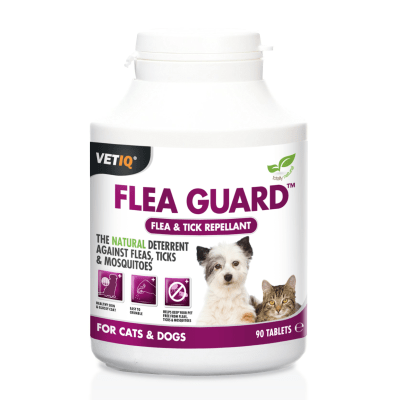Dogs are well known for their love of catching a ball at any given opportunity. Unfortunately, a ball isn’t the only thing they are prone to catching. Yes, you’ve guessed it – it’s time to talk about the dreaded fleas!
How can a dog catch fleas?
The reason fleas are so common among dogs is because they are prevalent in almost every environment your pooch is likely to visit.
Outdoors
While a run around the garden or walk in the woods is a must for an energetic pup, your dog may well pick up fleas as they enjoy their daily workout. The great outdoors is home to wildlife such as birds, rodents and other furry friends, who are all flea carriers. If your dog comes into contact with any of these animals, or indeed the areas they passed through, they are in danger of falling victim to the itchy culprits.
Pet-specific facilities
Any establishment that sees its fair share of “paw fall”, such as pet groomers or a kennel facility, can be a high-risk area in terms of fleas. Your dog may pick them up from socialising with other dogs or cats, or from the environment in general.
Your home
As hard (and unsettling) as it might be to believe, your house may not be a flea-free zone. If other pets often visit your home, they may be carriers that bring fleas into the house. Similarly, rodents that pass through – or worse, take up residence – in your home may also bring fleas along for the ride.
While fleas are all too easy to catch, it is an issue that is quite straightforward to treat and better still, prevent.
Prevention is better than cure
You can save yourself and your beloved pet a lot of stress and hassle by avoiding a flea infestation in the first place. This can be done by putting a few simple preventative measures in place to ensure that any pesky mites steer clear of your pooch!
- This can be done by curtailing your dog’s outdoor time. Keeping your walks brief but adequate and allowing limited garden playtime can reduce the risk of catching fleas.
- Checking your dog’s coat and paws regularly for any sign of fleas and ticks, particularly after walks in woodland areas, is a must. Use a flea comb for a thorough inspection. An obvious sign of a potential flea issue is the presence of black spots on or beneath your dog’s fur, which may indicate flea faeces.
- When outdoors, limit your dog’s contact with other domesticated or wild animals, in case they are flea carriers.
- Give your dog regular soapy baths followed by a thorough brushing, to keep their skin and coat clean and clear of any hangers on!
- Use topical or oral flea prevention products. There are many effective products on the market that can act as a preventative against fleas, but make sure to do your research before investing, as some may contain harsh chemicals that can cause an allergic reaction. Look for products that are natural and easy for your dog to ingest, such as those that come in tablet or powder form and can be easily mixed into food.
Treating a dog with fleas
If your dog is showing signs of a flea infestation, it’s important to act fast. Speak to your vet about the next steps, as a prescription antibiotic may be required to ensure the issue is completely cleared up.
To tackle the problem in the most effective way, you will also need to rid your house of any fleas that might be partial to outstaying their welcome. Because their lifecycle occurs in four stages – namely egg, larvae, pupae and fully formed flea – it is extremely important to see this process through or you may run the risk of a repeat infestation.
All surfaces, such as floors and wall edges, will need to be thoroughly swept or hoovered and mopped. As fleas like their comfort, any bedding (yours and your pets) or carpeted areas, will have to receive particular attention and will need to be washed or scrubbed.
This process will need to be repeated at intervals while your dog is also receiving treatment for fleas, to ensure the unwelcome visitors are completely eradicated from your home.
If your dog has had an unfortunate brush with fleas in the past, you will be aware of how unpleasant it can be for all involved. It’s never too late to put preventative measures in place to avoid a further flea frenzy, so don’t let a previous infestation discourage you from taking proactive steps now.
Consider the advice above and don’t be afraid to try some of the great products that are now widely available. You will even find that some flea repellents are available in treat form, which makes the prevention process all the more enjoyable for your pup!
 VetIQ Flea Guard Powder
VetIQ Flea Guard Powder
VetIQ Flea Guard Powder, is a completely natural edible powder that’s entirely safe for you and your pet, repels fleas and other pests while promoting healthy skin and a gleaming coat (and combatting those icky dog smells). Simply add to your pets food
 VetIQ Flea Guard Tablets
VetIQ Flea Guard Tablets
VetIQ Flea Guard Tablets utilize the same natural, safe formulation as the VetIQ Flea Guard Powder. A blend of B vitamins and garlic is all you need to take the first step toward flea prevention with this daily medication that leaves no remnant of irritating pesticides.
Natural Ingredients, Added To Food Not On Skin
Many drop formula flea treatments available contain chemicals that can be unpleasant and cause allergic reactions for cats & dogs. VetIQ’s Flea Guard is safe to use, leaves no lasting chemicals in your pets’ skin or bloodstream and helps to maintain a healthy skin and coat and reduce doggy smells.








